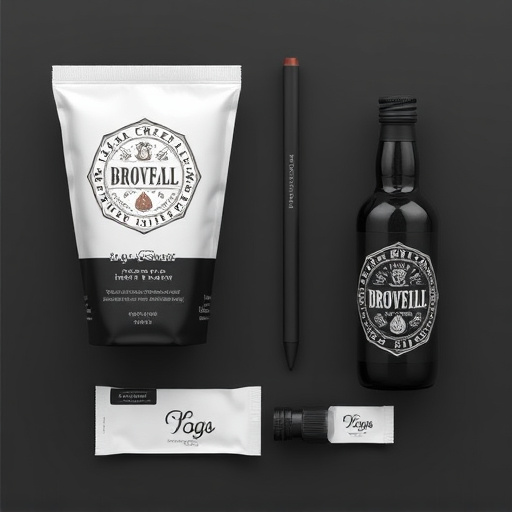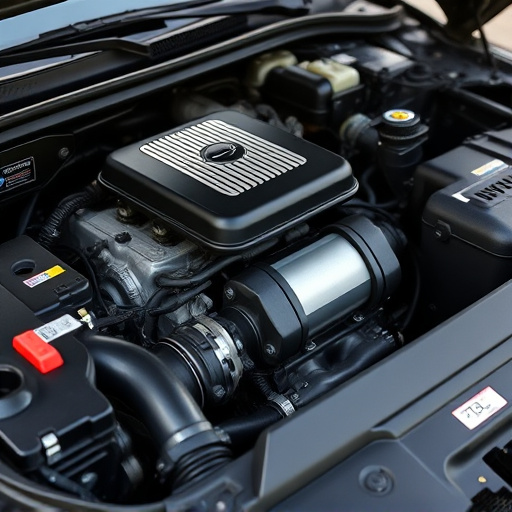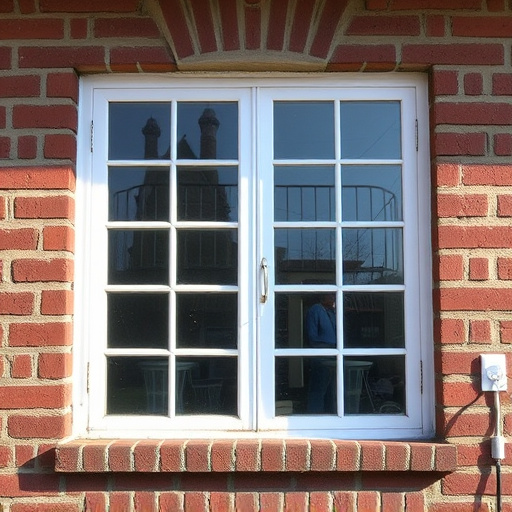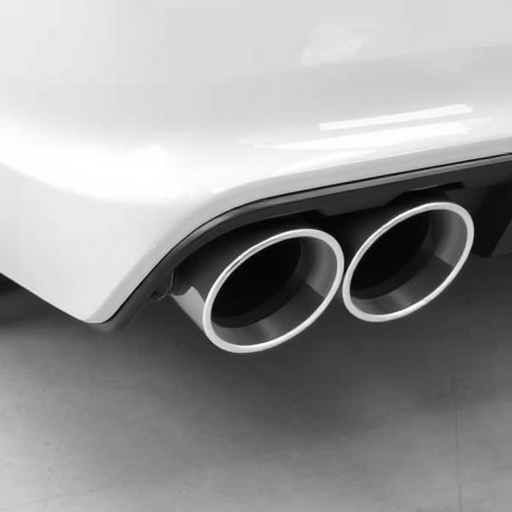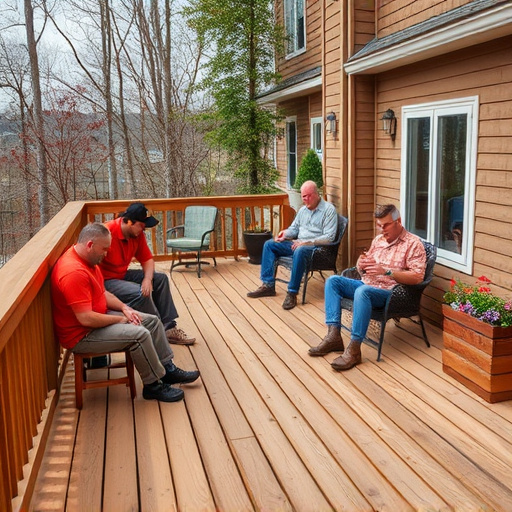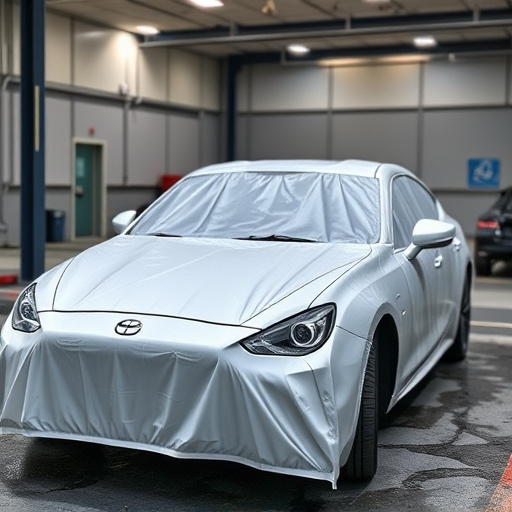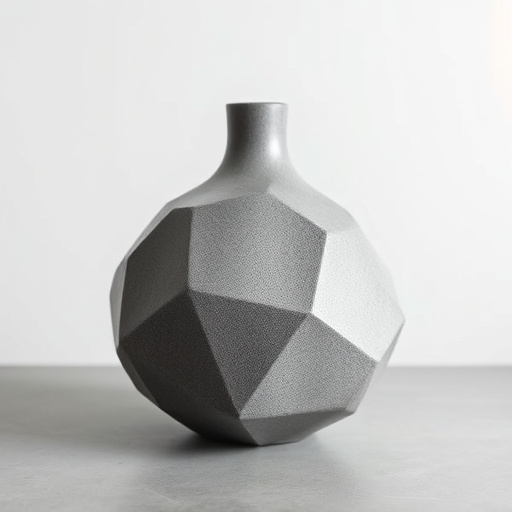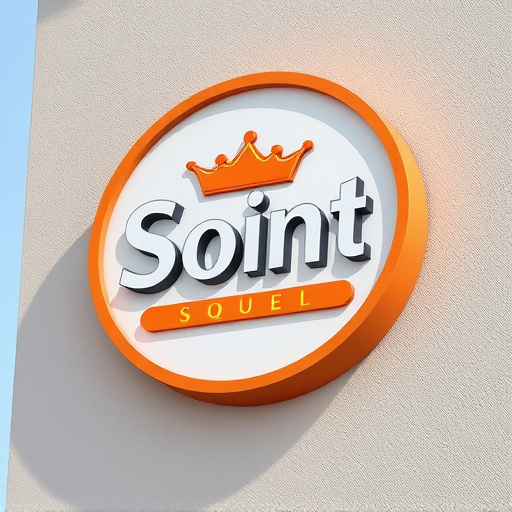Quality workmanship is crucial for minimizing long-term maintenance costs and maximizing the lifespan of automotive assets and other exterior features. Exceptional craftsmanship ensures thorough attention to detail, providing robust protection against environmental wear and tear, thus reducing the need for frequent repairs or costly restoration. Achieving high craftsmanship standards involves investing in personnel training, staying updated with industry trends, implementing rigorous quality control measures, and using specialized tools, leading to enhanced scratch protection and overall quality. Upfront investment in quality workmanship saves significantly over time for property owners and businesses through reduced maintenance costs and extended surface lifespans.
In today’s world, where long-term sustainability is a priority, understanding the impact of quality workmanship on maintenance costs is crucial. This article explores how exceptional craftsmanship acts as a shield against costly repairs and replacements, saving businesses and homeowners money in the long run. By delving into specific strategies to maintain high standards and analyzing real-world examples, we uncover why investing in quality from the outset is a wise decision, offering not just aesthetic benefits but also financial savings.
- Understanding the Impact of Quality Workmanship
- Strategies to Achieve and Maintain High Craftsmanship Standards
- Long-Term Savings: A Case for Investing in Quality from the Outset
Understanding the Impact of Quality Workmanship

Quality workmanship plays a pivotal role in mitigating long-term maintenance costs for any asset, be it a building or a vehicle. When applied to automotive detailing, exceptional craftsmanship ensures that every curve and contour is meticulously attended to, from exterior paintwork that gleams like a mirror to interior components that are restored to their original splendor. This level of detail not only enhances the aesthetic appeal but also serves as a robust defense against environmental wear and tear, including UV ray damage, acid rain, and airborne contaminants.
In the realm of vehicle enhancement, prioritizing quality workmanship translates into superior scratch protection, ensuring the finish remains pristine for longer periods. This is particularly crucial in today’s fast-paced world where vehicles are exposed to countless surface disruptions, from minor chips and cracks to more significant scratches. By investing in automotive detailing that prioritizes quality, owners can enjoy the benefits of a vehicle that looks as good as new for years to come, thereby reducing the need for frequent repairs or costly restoration procedures.
Strategies to Achieve and Maintain High Craftsmanship Standards
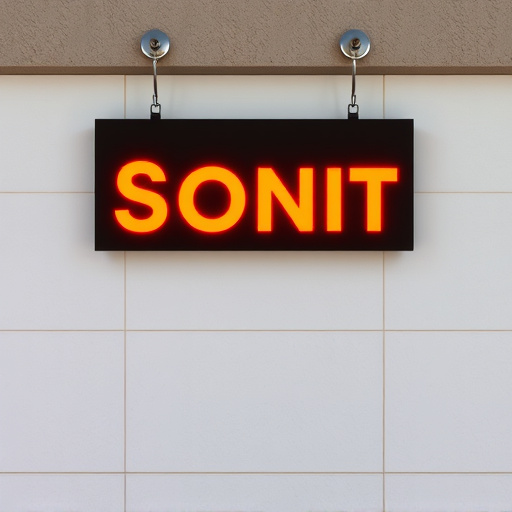
Achieving and maintaining high craftsmanship standards is paramount to ensuring long-lasting results and reducing maintenance costs over time. One effective strategy involves investing in comprehensive training for personnel. This includes regular workshops and seminars that focus on the latest techniques in automotive detailing, such as advanced paint correction methods. By staying updated with industry trends, staff can deliver consistent, high-quality work.
Additionally, implementing rigorous quality control measures is essential. Regular inspections at every stage of a project ensure any issues are identified and rectified promptly. For instance, after an automotive detailing process like polishing or painting, meticulous checks for scratches and imperfections should be conducted. This proactive approach, coupled with the use of specialized tools like those employed in paint correction, contributes to outstanding scratch protection, thereby enhancing the overall quality workmanship.
Long-Term Savings: A Case for Investing in Quality from the Outset
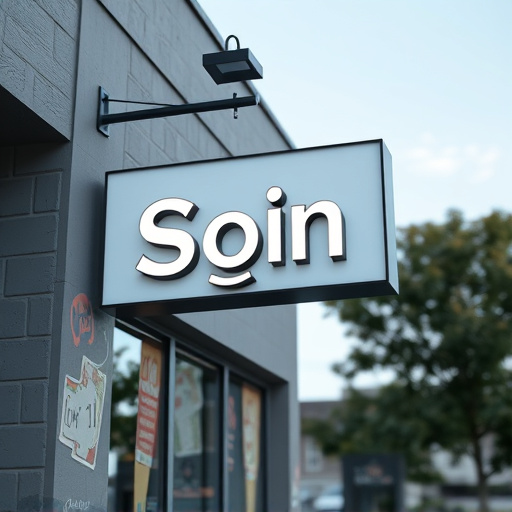
Investing in quality workmanship upfront is a strategic move that translates to significant long-term savings for any property owner or business. When construction, renovation, or maintenance projects are executed with superior craftsmanship, the subsequent reduction in maintenance costs becomes evident over time. This is particularly true for exterior features like windows and protective coatings. High-quality window tinting, for instance, not only enhances energy efficiency but also safeguards against UV damage, delaying the need for frequent replacements.
Similarly, applying ceramic coatings or protective layers to surfaces can significantly extend their lifespan. These advanced treatments create a barrier that shields against environmental factors, preventing corrosion, fading, and other forms of deterioration. By opting for these durable solutions from the beginning, property managers and owners can avoid costly repairs or complete overhauls in the future. This proactive approach ensures that investments are not only sound but also financially prudent, offering a compelling case for prioritizing quality workmanship across all projects.
Investing in quality workmanship is a strategic decision that yields significant long-term benefits. By prioritizing excellence in craftsmanship, businesses and individuals can reduce maintenance costs, ensure longevity of products or structures, and create a robust foundation for future projects. The case for quality is clear: it’s an essential component of sustainable success, offering not just short-term advantages but also ensuring a durable impact that stands the test of time.
